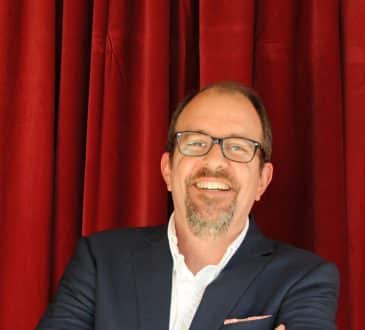3 Ways to Improve Your Strategic Leadership

Strategy development and the strategic thinking that enables it have become increasingly important for leaders at many different levels in organizations today. There are several reasons for this, but perhaps the most important is that customers and competition are moving faster than ever before. This is why we need more strategic thinking, and not just strategic planning.
We also want more empowerment and engagement with our employees. The ability to be connected to strategy is an important ingredient to help people feel they are a part of making a difference to their organization. This happens when we connect the strategy to everyday work.
Most books and courses about strategy development and strategic planning focus on very analytical market-positioning aspects that lead to the need to engage a team of consultants, generate reams of data, and develop great-looking PowerPoint slides. Strategy is more than that, and many times it is just about setting some direction and ensuring the achievement of clearly defined objectives.
This means that strategy is much more about problem solving than people think. Problem solving, simply put, is about closing gaps. It isn’t just about fixing errors. Strategy is about identifying the right gaps to close, framing those gaps purposefully which sets direction, and using creative solutions to drive their closure.
There are three actions that we can take to better leverage problem solving capability and integrate it with dynamic strategic thinking:
- Use problem solving as a source of insight.
Your team is solving problems all the time. Are those problems visible? Are we closing the problems and moving on, or leveraging them to inform where there is opportunity? Day to day problem solving, whether they are internal issues or customer challenges, offers great insights into strategic gaps and opportunities.For example, if you’re running a coffee shop, and constantly struggle with the variation of the freshness and availability of roasted beans, these day-to-day supply chain challenges might offer insight that you should vertically integrate to start your own roasting. Furthermore, if your customers are coming in less frequently because they are making coffee at home, you might realize that selling them your own roasted beans can fill that gap.
While you might establish a culture of empowerment for your teams to surface and solve their day-to-day problems, as a leader you still want visibility into what people are struggling with. This doesn’t mean you have to take over the solutions, or start approving people’s actions. Strategic thinkers need inputs to develop good insights, and there are few greater sources of insights than the day-to-day problem solving efforts in your organization, however formal or informal those efforts are taken.
- Frame strategic gaps that need to be closed to establish strategic direction.
Good problem solving is all about learning and experimenting to close well-defined gaps. Define your strategy as clear gaps to close, as opposed to the common practice of just describing solutions. This is powerful for a couple of reasons. First, this allows you more flexibility to discover new solutions, pivot while maintaining direction, and learn your way to success. If strategy is about closing a gap, then there are multiple paths forward and you are not as locked-in to one set of answers that you can only hope is right.The second reason framing strategy as gaps to close is that it allows more of your team to contribute to closing the gaps. For example, if you are a shoe manufacturer and your strategy gap is to help customers establish an emotional attachment to their shoe purchase, then everyone can find ways to contribute to closing that gap. Instead of just designing better shoes, team members make the box they come in more engaging, the shopping experience more of a personal-touch experience, and the post-purchase support one of community and engagement rather than just a transaction. You may not imagine all the ways your employees can contribute partial solutions to close the gap unless it is defined as a gap. When it is defined only as a set of solutions, you are limited by your initial thought process.
- Turn strategy into action and establish clear methods to prioritize problems with the execution.
Too often strategy is left on the PowerPoint decks and then reviewed in specific strategic review meetings. Instead, convert strategy into action and make it as tactical as possible. Teams live in the tactical. Is that just about keeping the lights on or about delivering on the strategy? Change your management systems, meetings, metrics, and roles to reflect the strategy. Make the ability to determine progress versus lack of progress as clear and visible as possible.Then, when strategic execution stalls, falters, or faces new friction, then problem solving can emerge quickly and in a focused way. As earlier stated, the world moves pretty fast. Customer needs change, and competition is always in motion. We must have the ability to surface problems quickly. The speed of solution to a newly discovered gap is often more important than the goodness of that solution. This was made clear during the pandemic. Organizations that could pivot quickly did better than most of those that took a long time to organize themselves around a pivot.
It is important to recognize that problem solving and strategy are not separate things. Too many leaders think their role is strategy, and their teams should solve problems. However, these are really one and the same when done well. Good strategy is problem solving.
Written by Jamie Flinchbaugh.
Bring the best of the CEOWORLD magazine's global journalism to audiences in the United States and around the world. - Add CEOWORLD magazine to your Google News feed.
Follow CEOWORLD magazine headlines on: Google News, LinkedIn, Twitter, and Facebook.
Copyright 2025 The CEOWORLD magazine. All rights reserved. This material (and any extract from it) must not be copied, redistributed or placed on any website, without CEOWORLD magazine' prior written consent. For media queries, please contact: info@ceoworld.biz











